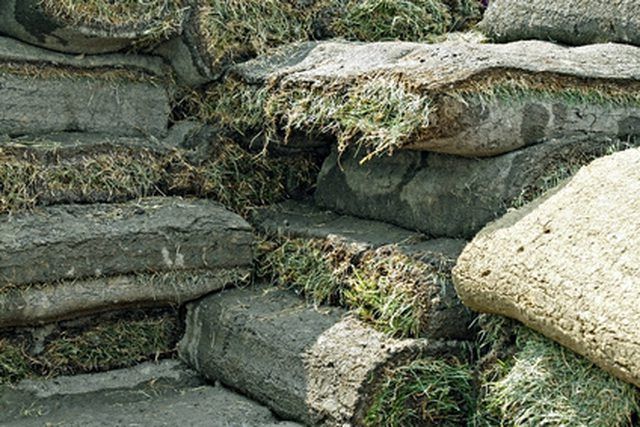Bulbs
Flower Basics
Flower Beds & Specialty Gardens
Flower Garden
Garden Furniture
Garden Gnomes
Garden Seeds
Garden Sheds
Garden Statues
Garden Tools & Supplies
Gardening Basics
Green & Organic
Groundcovers & Vines
Growing Annuals
Growing Basil
Growing Beans
Growing Berries
Growing Blueberries
Growing Cactus
Growing Corn
Growing Cotton
Growing Edibles
Growing Flowers
Growing Garlic
Growing Grapes
Growing Grass
Growing Herbs
Growing Jasmine
Growing Mint
Growing Mushrooms
Orchids
Growing Peanuts
Growing Perennials
Growing Plants
Growing Rosemary
Growing Roses
Growing Strawberries
Growing Sunflowers
Growing Thyme
Growing Tomatoes
Growing Tulips
Growing Vegetables
Herb Basics
Herb Garden
Indoor Growing
Landscaping Basics
Landscaping Patios
Landscaping Plants
Landscaping Shrubs
Landscaping Trees
Landscaping Walks & Pathways
Lawn Basics
Lawn Maintenance
Lawn Mowers
Lawn Ornaments
Lawn Planting
Lawn Tools
Outdoor Growing
Overall Landscape Planning
Pests, Weeds & Problems
Plant Basics
Rock Garden
Rose Garden
Shrubs
Soil
Specialty Gardens
Trees
Vegetable Garden
Yard Maintenance
Argentine versus Pensacola Bahia Grass
Argentine versus Pensacola Bahia Grass. Pensacola and Argentine are varieties of Bahia, formally called Bahiagrass, each with unique characteristics that make them desirable as lawn grasses in the southeastern United States. There are currently four cultivars of Bahiagrass: Common, Argentine, Pensacola and Paraguay.

Pensacola and Argentine are varieties of Bahia, formally called Bahiagrass, each with unique characteristics that make them desirable as lawn grasses in the southeastern United States. There are currently four cultivars of Bahiagrass: Common, Argentine, Pensacola and Paraguay.
History
Bahiagrass was originally used as pasture grass in the southeastern United States after being discovered in Brazil in 1914. Since then, new varieties have been introduced as lawn grass and have become popular as a low-maintenance grass for infertile, sandy soils. Both varieties are still used as pasture grass as well.
Identification
The main way to distinguish Pensacola Bahia from Argentine Bahiagrass is to study the leaf blades of the grass. Pensacola Bahia has longer and narrower leaf blades than Argentine Bahia. Pensacola Bahia is the most widely grown variety of Bahiagrass today.
Pensacola vs. Argentine Bahia
Both types of Bahia have advantages and disadvantages as lawn grasses. Determining which is better is really a matter of understanding their ideal growing climates, because both grasses are exceptional for lawn use in warm climates, and they both are very resistant to diseases and pests.
Pensacola Bahia
Pensacola Bahia has an extensive root system which makes it extremely drought resistant. It tolerates hot and cold temperatures well, but performs better than Argentine in colder weather. For this reason, Pensacola grass is grown farther north than Argentine grass because, while frost can damage the top growth of Pensacola Bahia, it recovers well.
Argentine Bahia
Argentine Bahia is dark green in color and forms a denser sod than Pensacola. It tolerates hot and cold temperatures better than other types of lawn grasses, but it thrives best in tropical conditions where it is warm and wet. Both types of Bahia love full sun, but Pensacola will fare better than Argentine in shady conditions. If significant shade is present, Argentine is not the best choice, because it will die quickly in areas shaded by trees.
Care and Maintenance
Pensacola and Argentine Bahiagrasses are equal in terms of pest and disease resistance. The only pest that plagues either type of grass is the mole cricket. Argentine is more difficult to establish than Pensacola, requiring more initial watering, but it also has fewer seedheads, which makes it easier to mow.